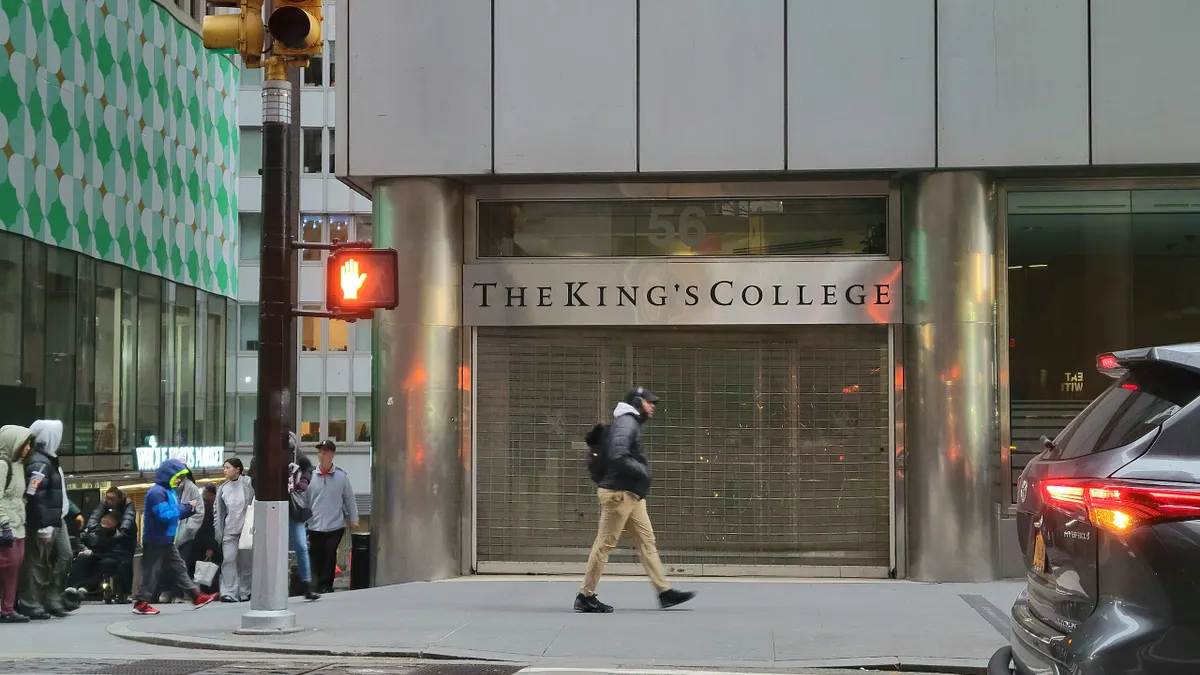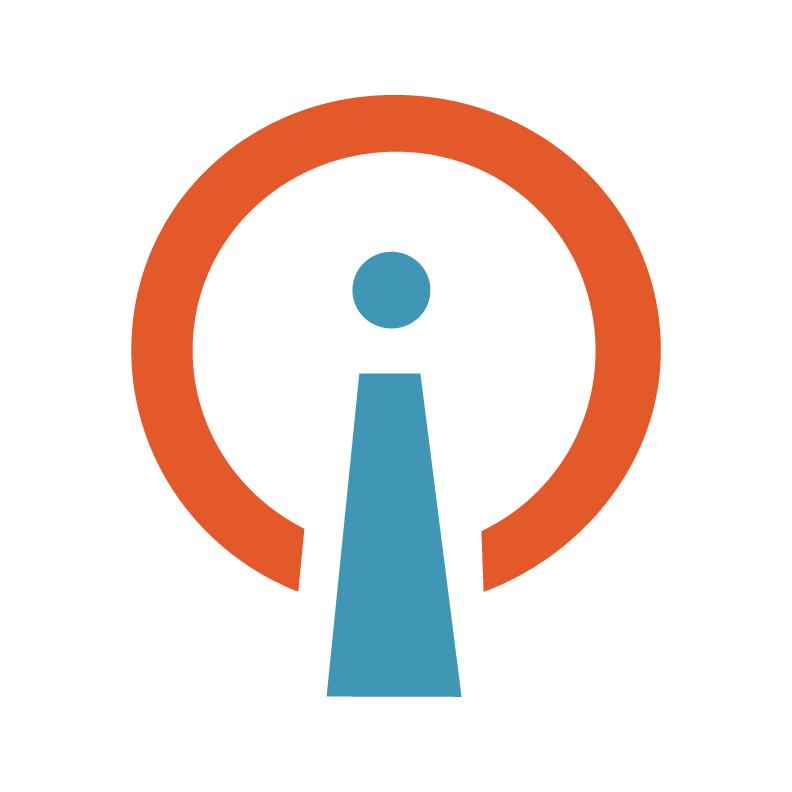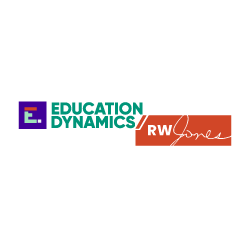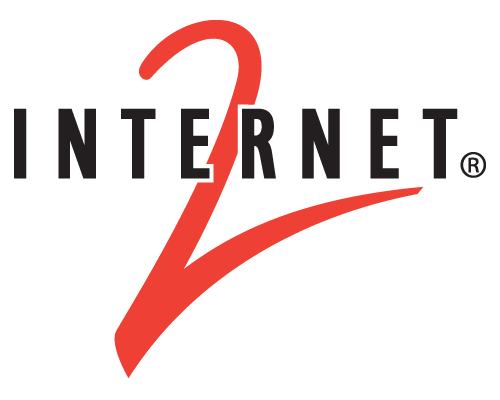Dive Brief:
- Sarah DeMark, vice president of program development at Western Governors University, told Education Dive that given how quickly jobs are changing, there is a need for higher ed to think more broadly about what students are coming to campus to achieve. “No longer is it this one-and-done model where you get your bachelor’s degree and you’re set for your career,” she said, noting a need to think of the traditional college or university as “more of a continuing education model.”
- Referencing her own educational experience, DeMark recalled “every course that I took was very different, based on each instructor and what was important to them. … Every course felt disjointed because it was based on what the faculty was interested in and their [teaching] styles.” But institutions have a responsibility to provide a “seamless” learning experience for students that doesn’t vary so greatly based on personalities, she said.
- At WGU, DeMark said administrators are “utilizing a lot of employer data and industry experts to understand what are those meaningful achievements that employers are looking for.” Not only are they using employer data, she said, but because WGU is an online institution, the sheer amount of data they collect on a daily basis provides a tremendous amount of insight for leaders looking to restructure their programs to provide better value.
Dive Insight:
A recent Gallup survey found only 22% of American workers believe if they were to lose their jobs to automation, U.S. colleges and universities could adequately prepare them for other well-paying jobs. This is a huge problem, not just for the students, but for a higher ed industry struggling to assert its value.
Part of the solution, as DeMark and WGU leaders see it, lies in unbundling degree programs and offering microcredentials to demonstrate value along the way, rather than forcing students to wait until the end of four or more years. In addition to working to come up with a model that showcases competencies along the degree pathway, or even introduces models that don’t require a full degree.
DeMark said she is “looking into a much more modular design to be able to pivot more quickly into the changes in designs of what employers are looking for.”
For example, she said, “a lot of our programs in our IT college actually require third-party certifications along the way as an example of some of our competencies in their degree program, but I think it’s more how do we maybe surface them in a different way that actually provides more value to employers but is also showing those connections to students and showing them why they’re important and why they matter.”
They’re also completely re-thinking curricula and the way programs are structured. Trends around Open Educational Resources are allowing faculty and administrators to re-think the way courses are taught and allowing material to be tied to several different subjects to promote interdisciplinary lessons.
“Looking at even a college algebra course — are there opportunities to think about how do we take a traditional college algebra course and contextualize it for students in different colleges and programs,” she asked. Are there ways to make content “much more relevant and interesting for students so they can figure out how to apply it, instead of just giving them this information and they can’t really see how it relates to them?”
DeMark said she is committed to trying to identify “How do we find the types of learning experiences that really work for students, but thinking about the personalization around that as well — can we create educational experiences that are very different for one type of student population than another.”
Another piece of the puzzle is finding ways to help alumni remain current in the workforce. “I think what we’re looking for is more collaboration with employers and industry associations and licensure and accreditation bodies. I think we’re looking more at what are the trends in workforce development needs,” she said.









